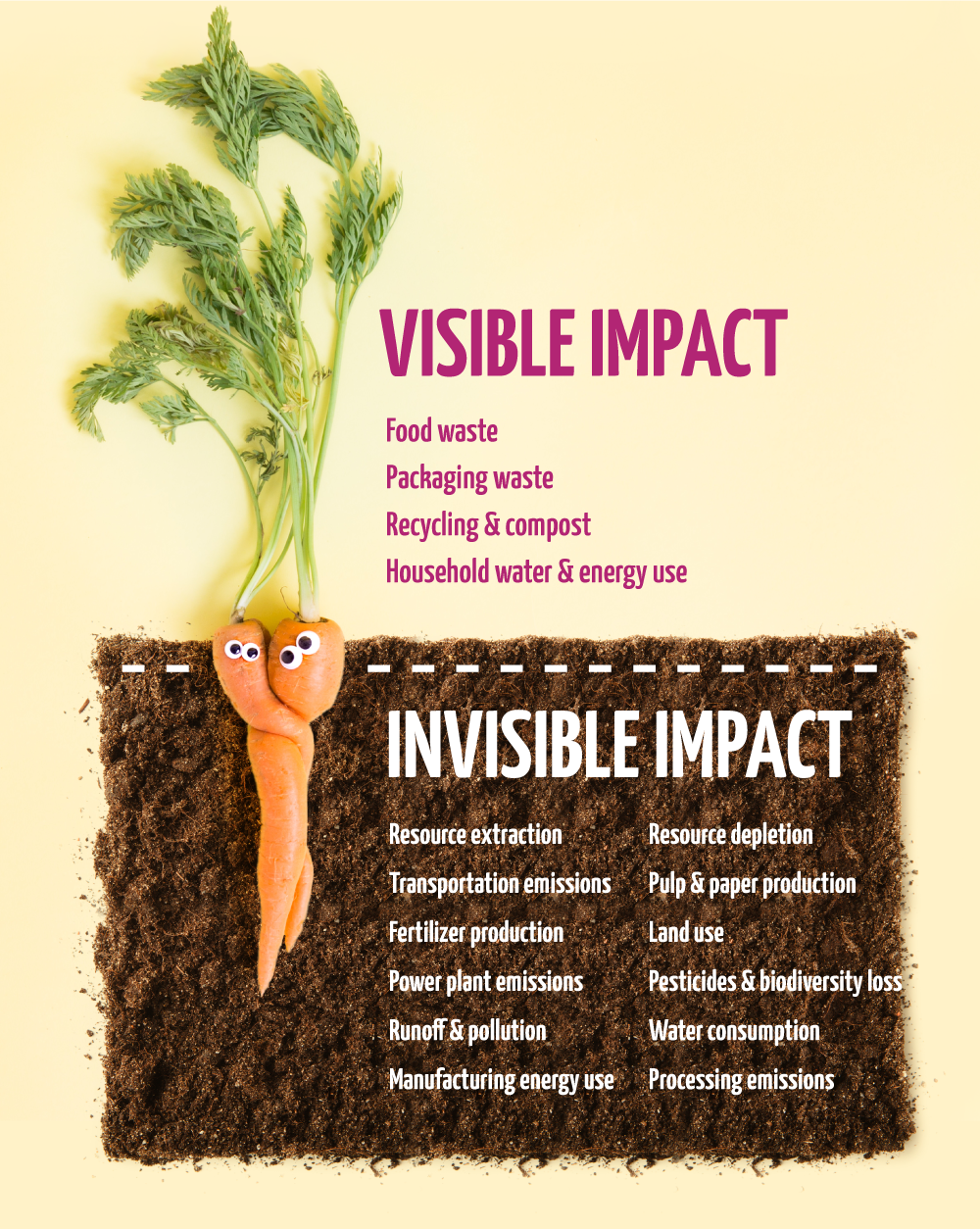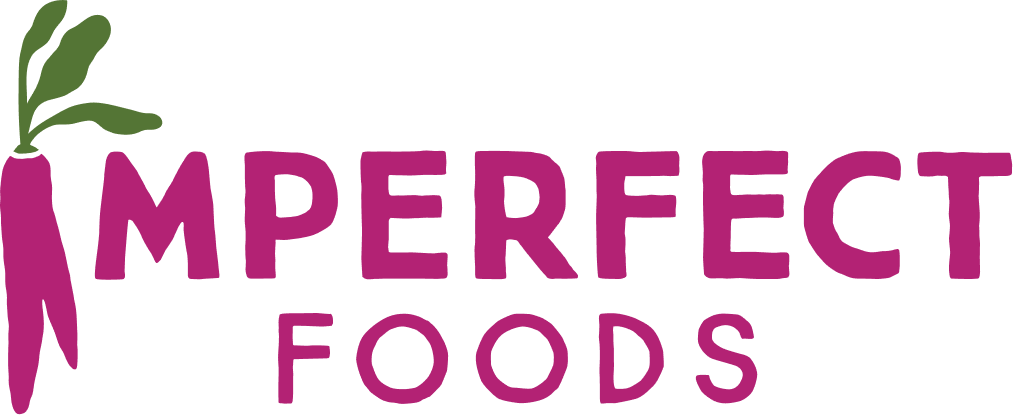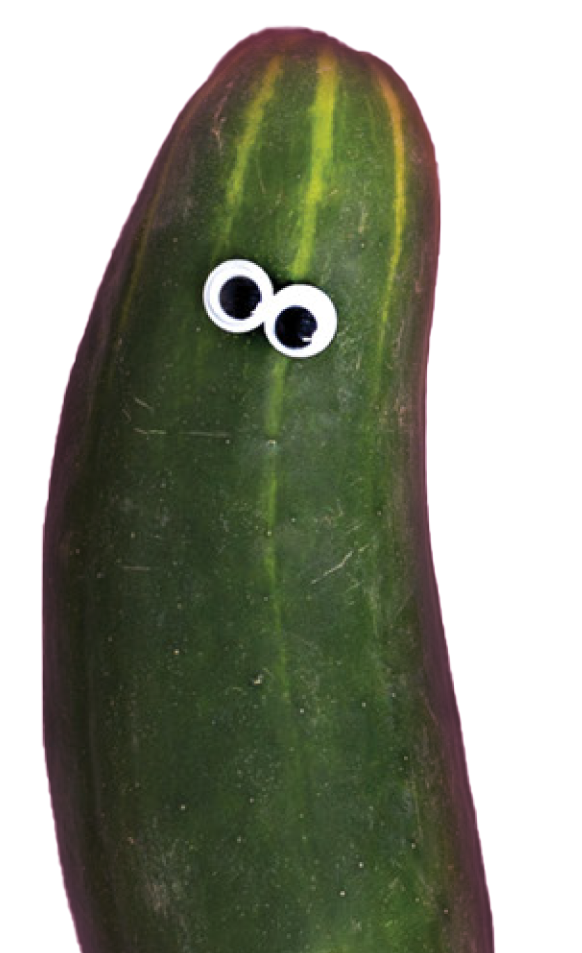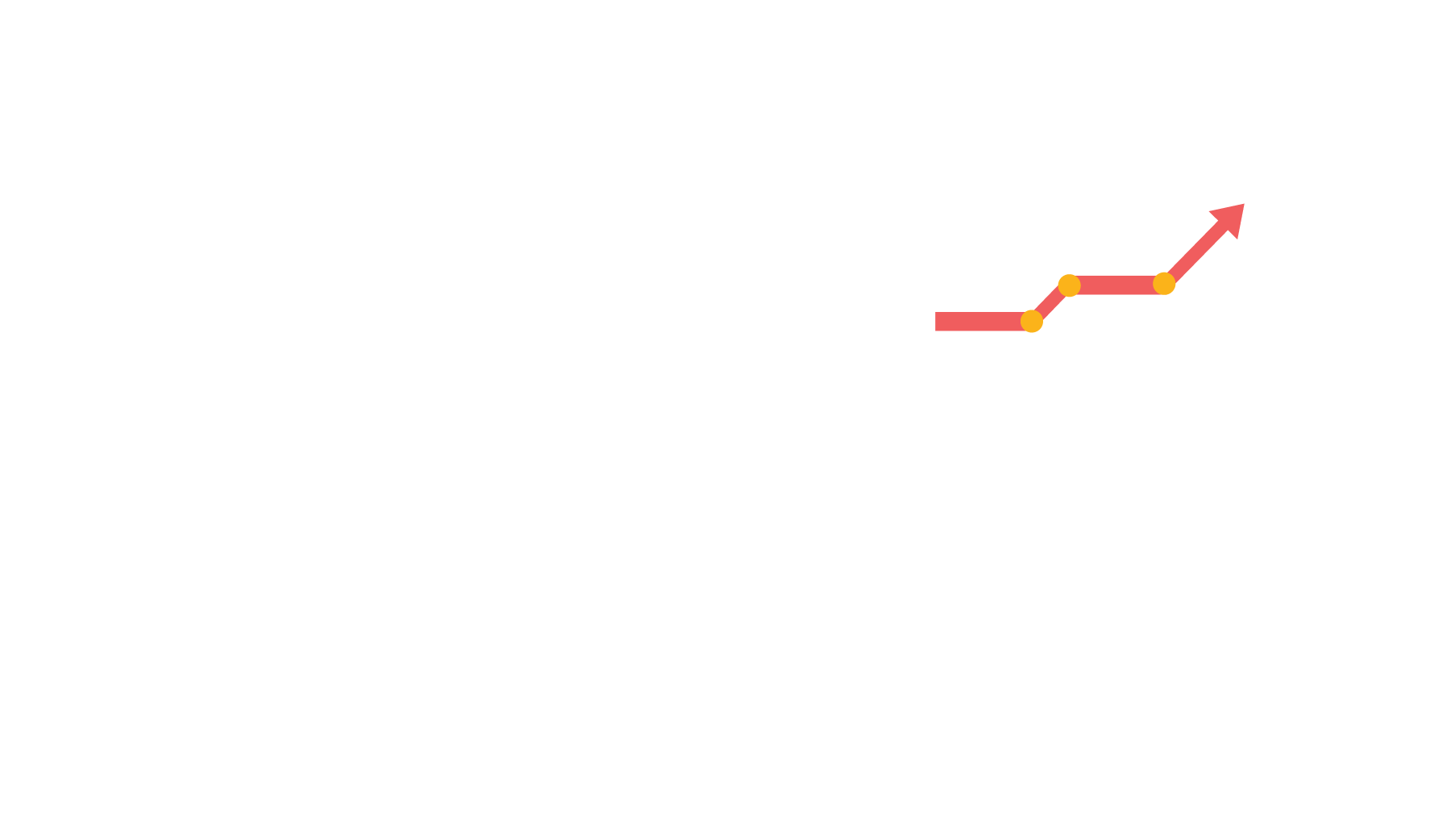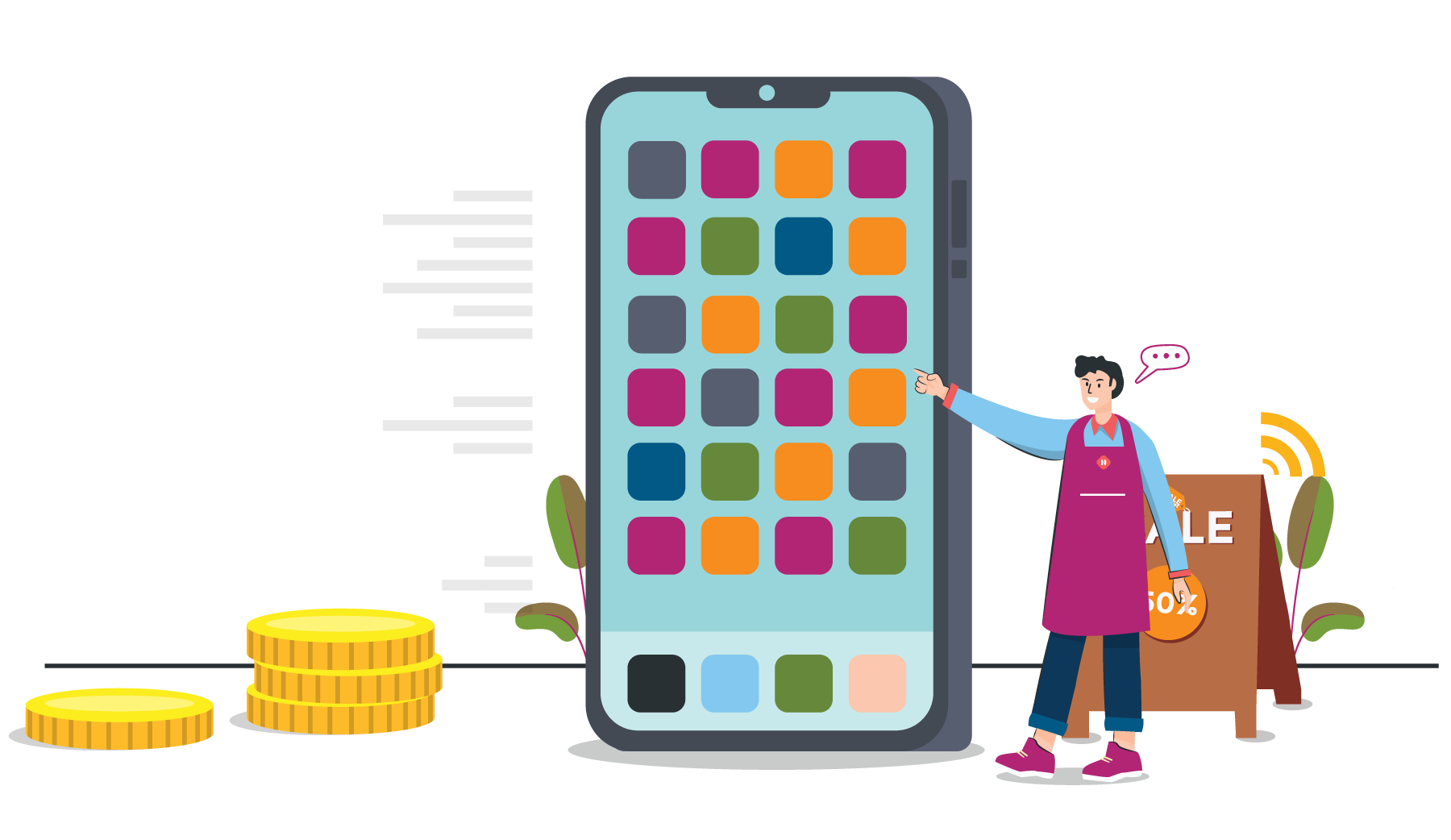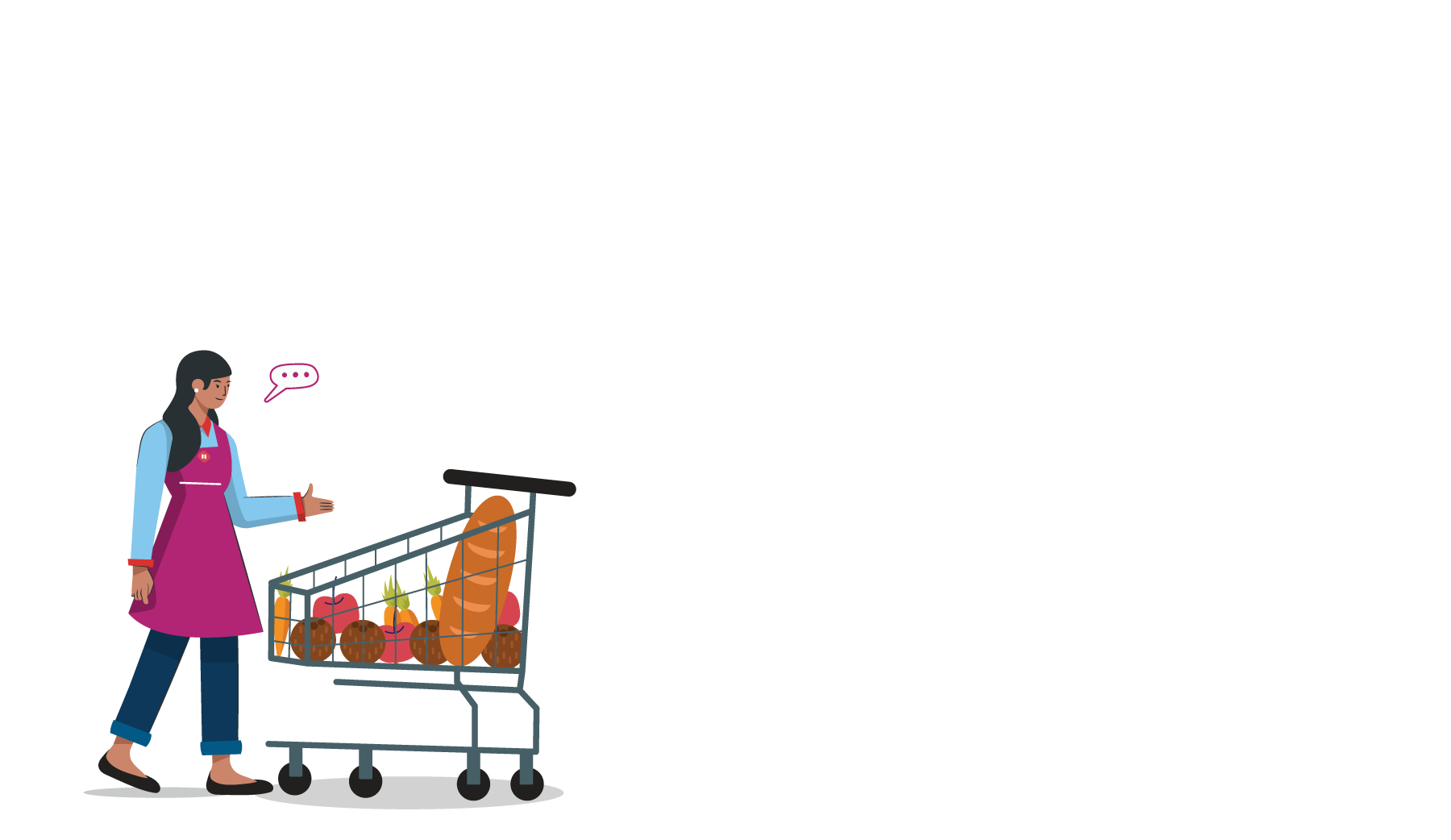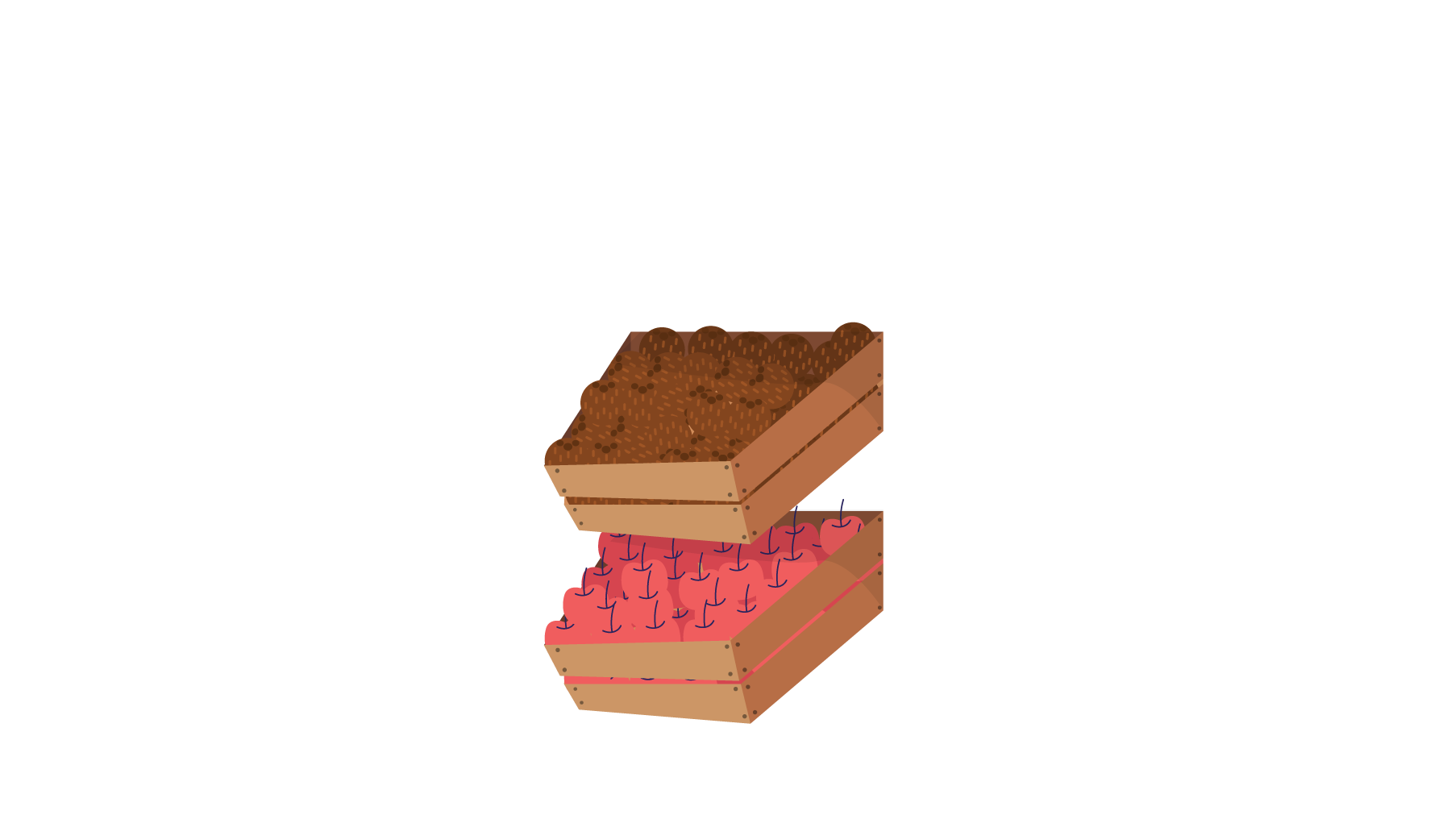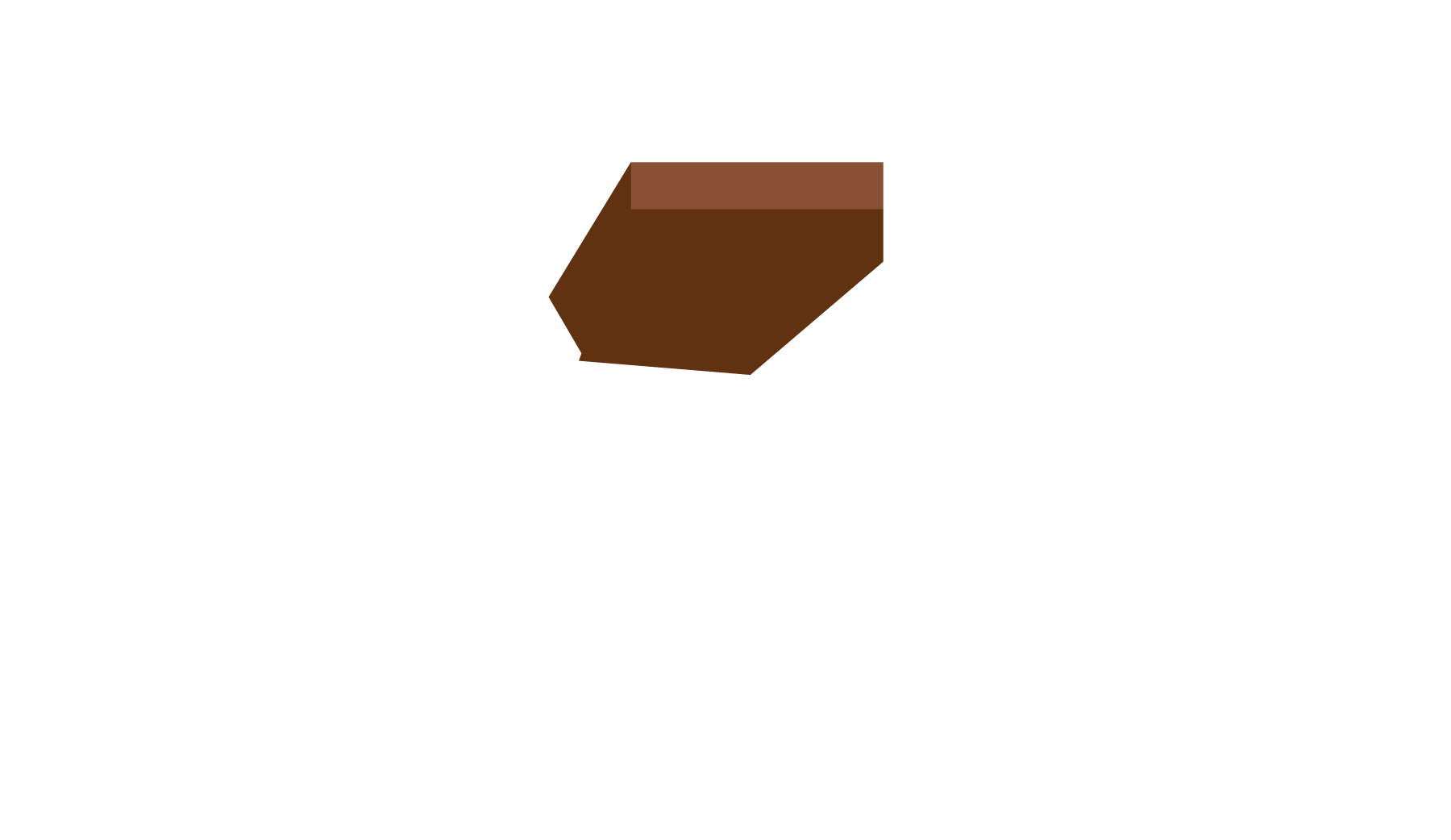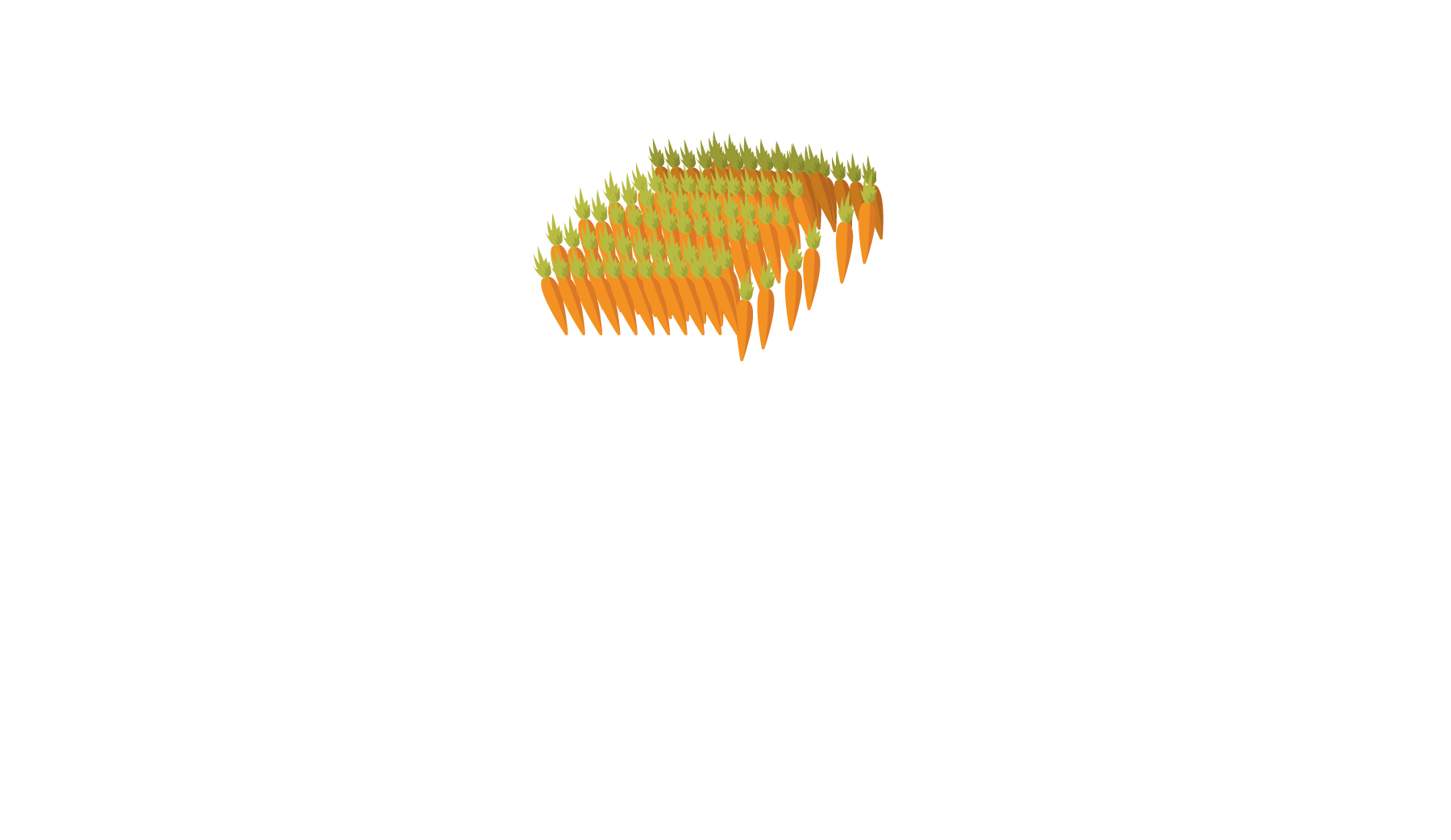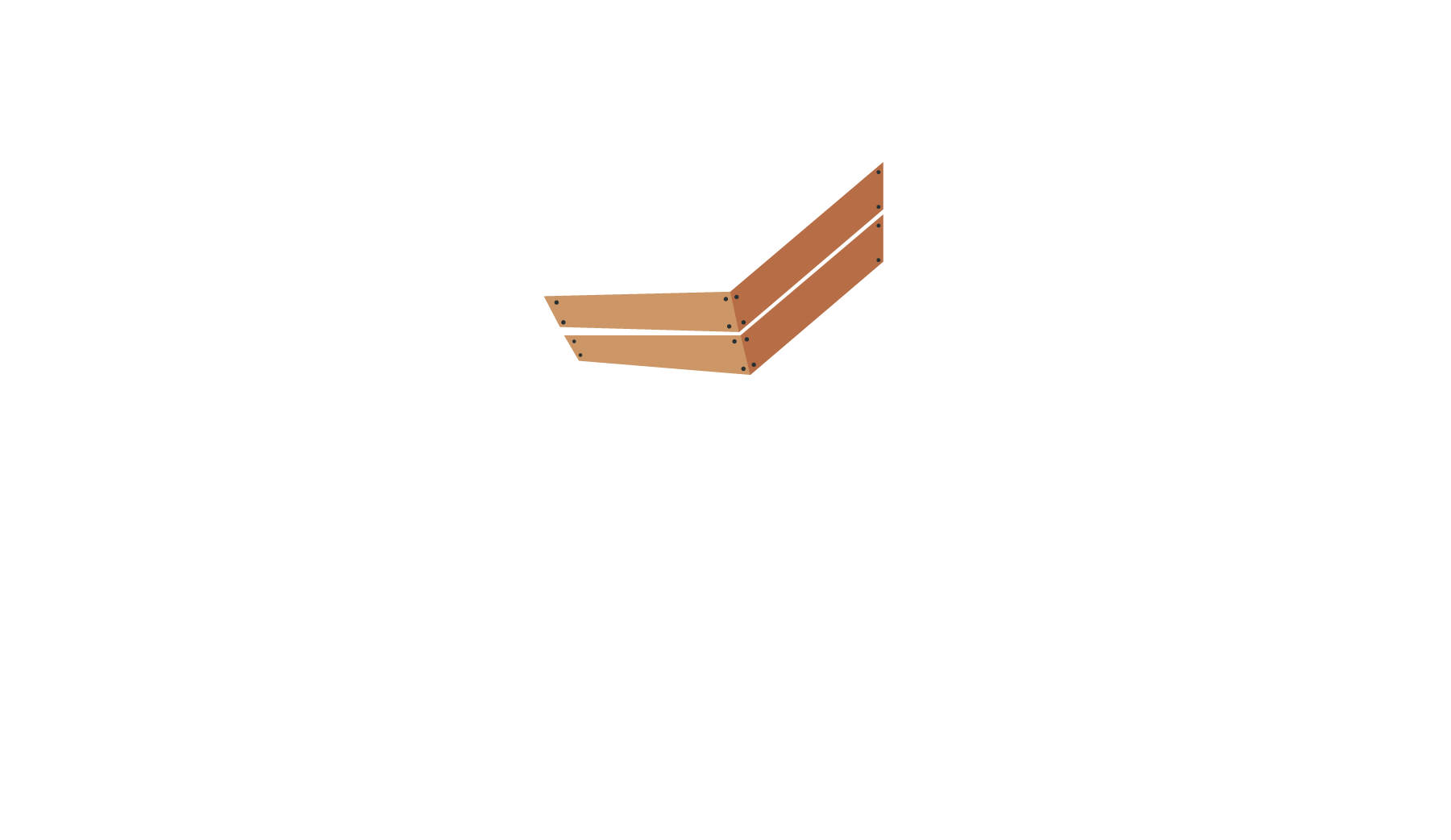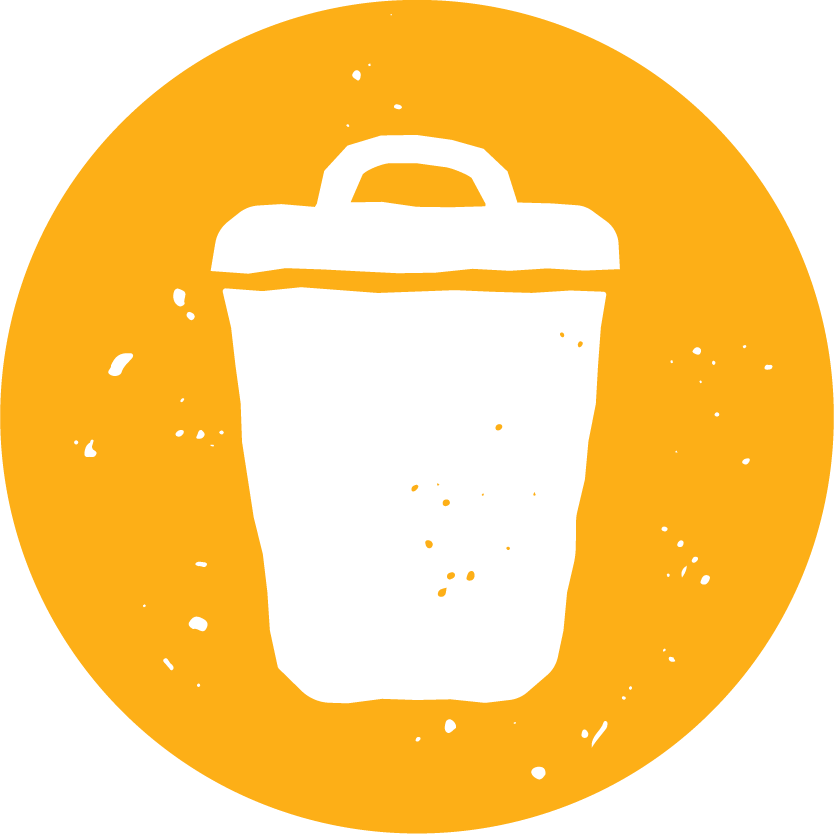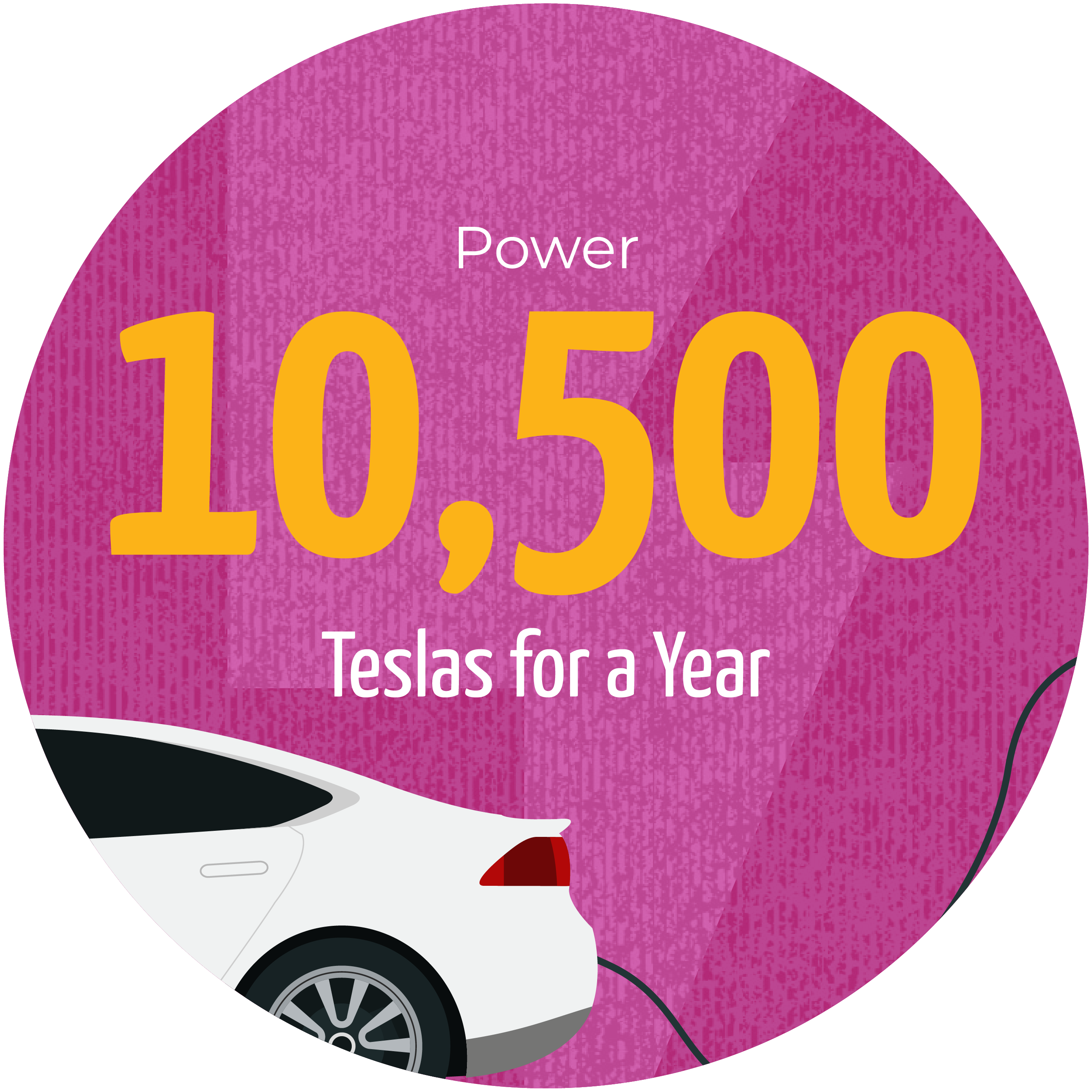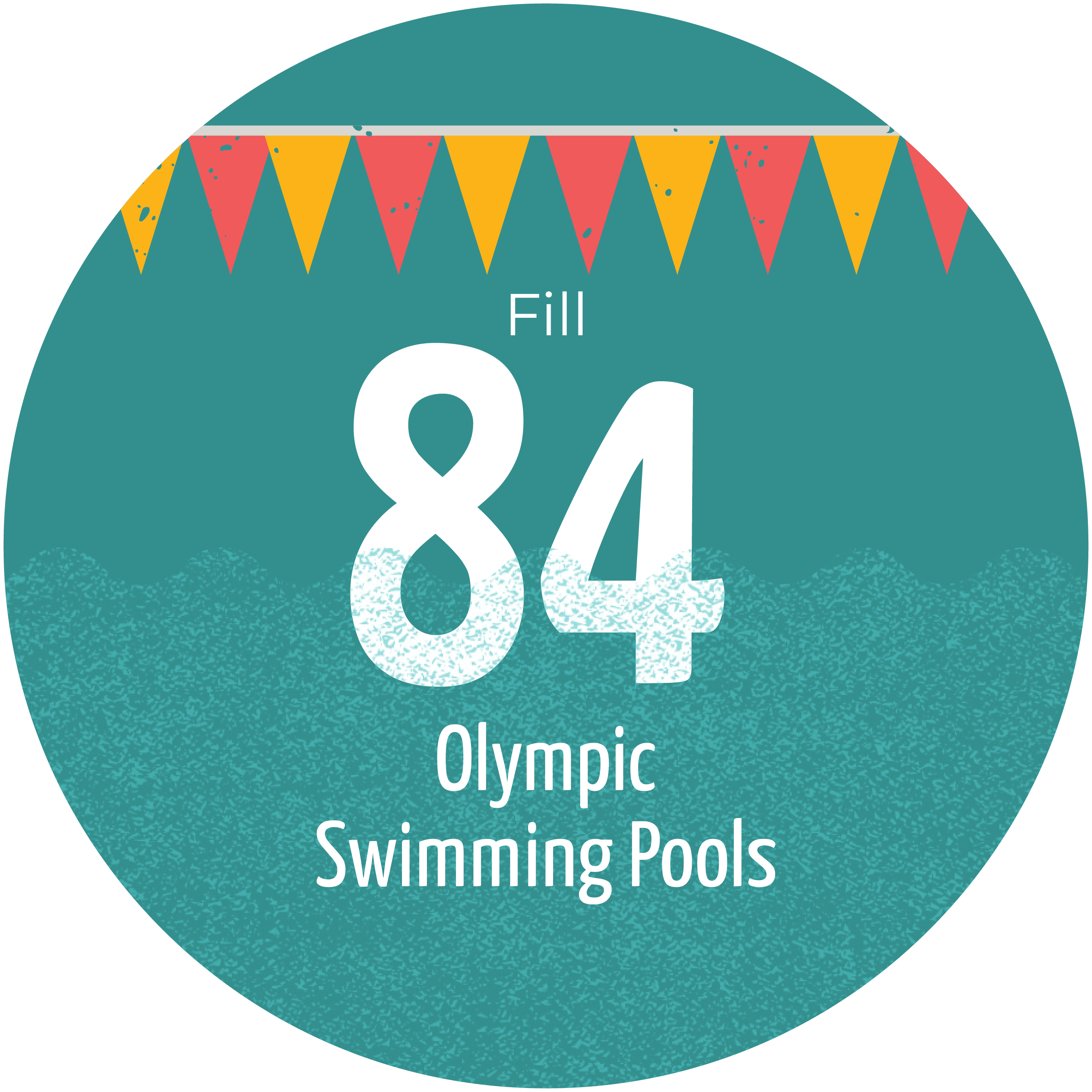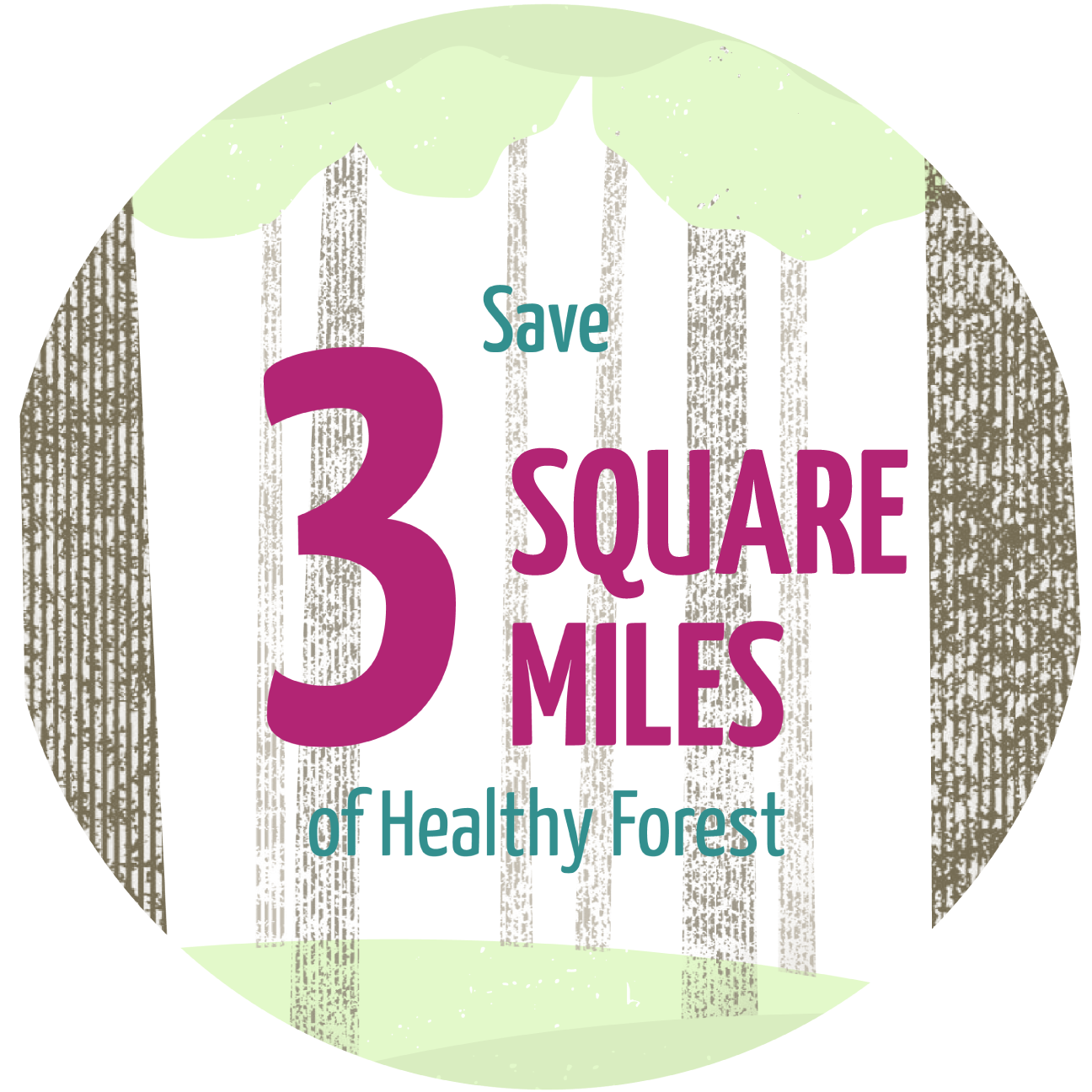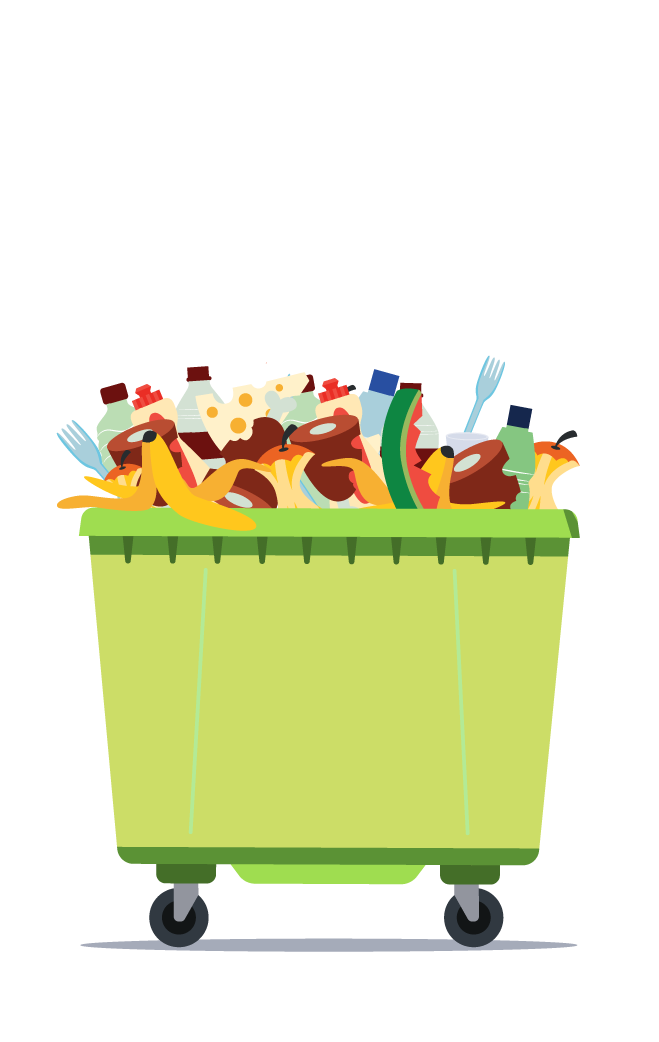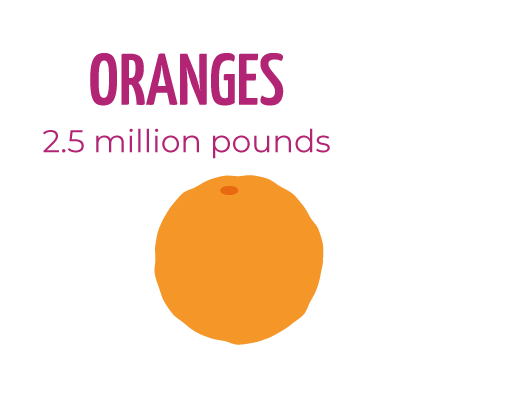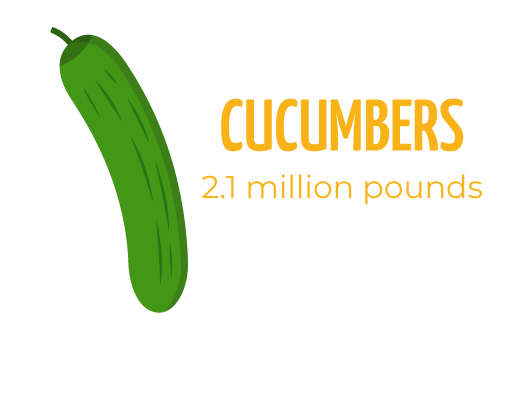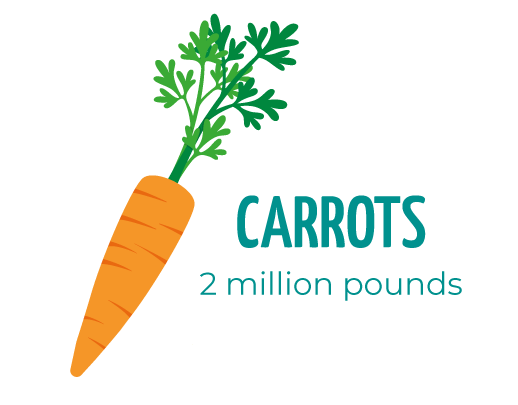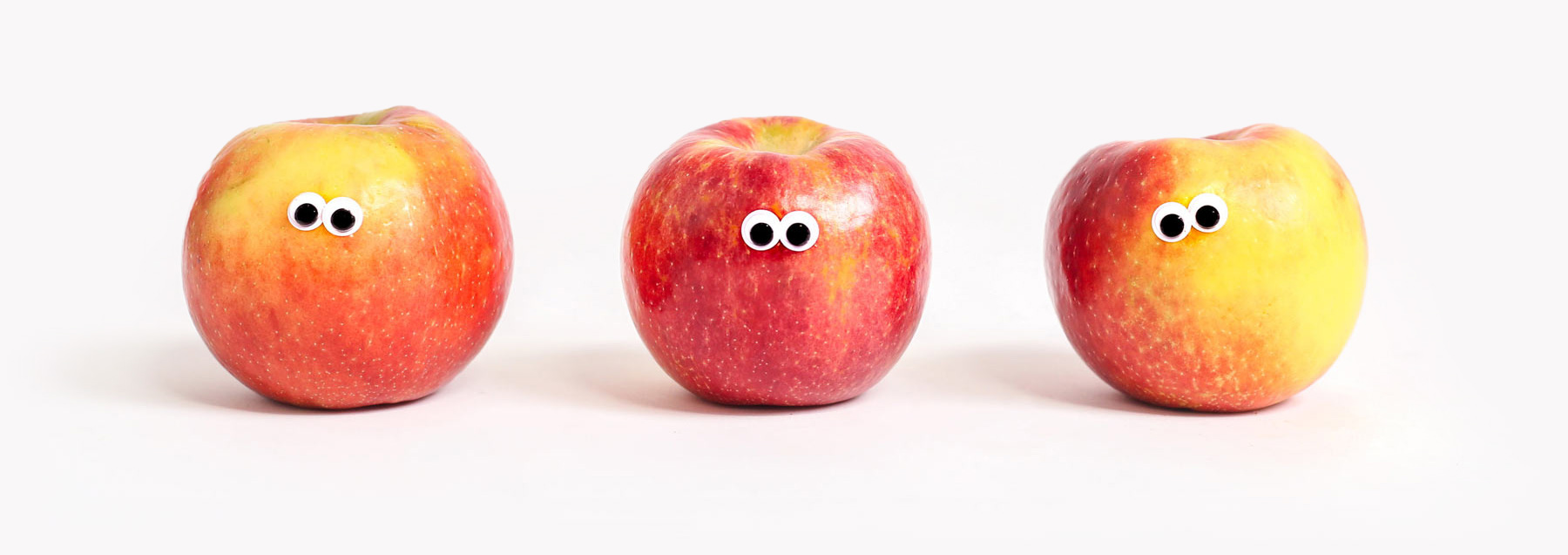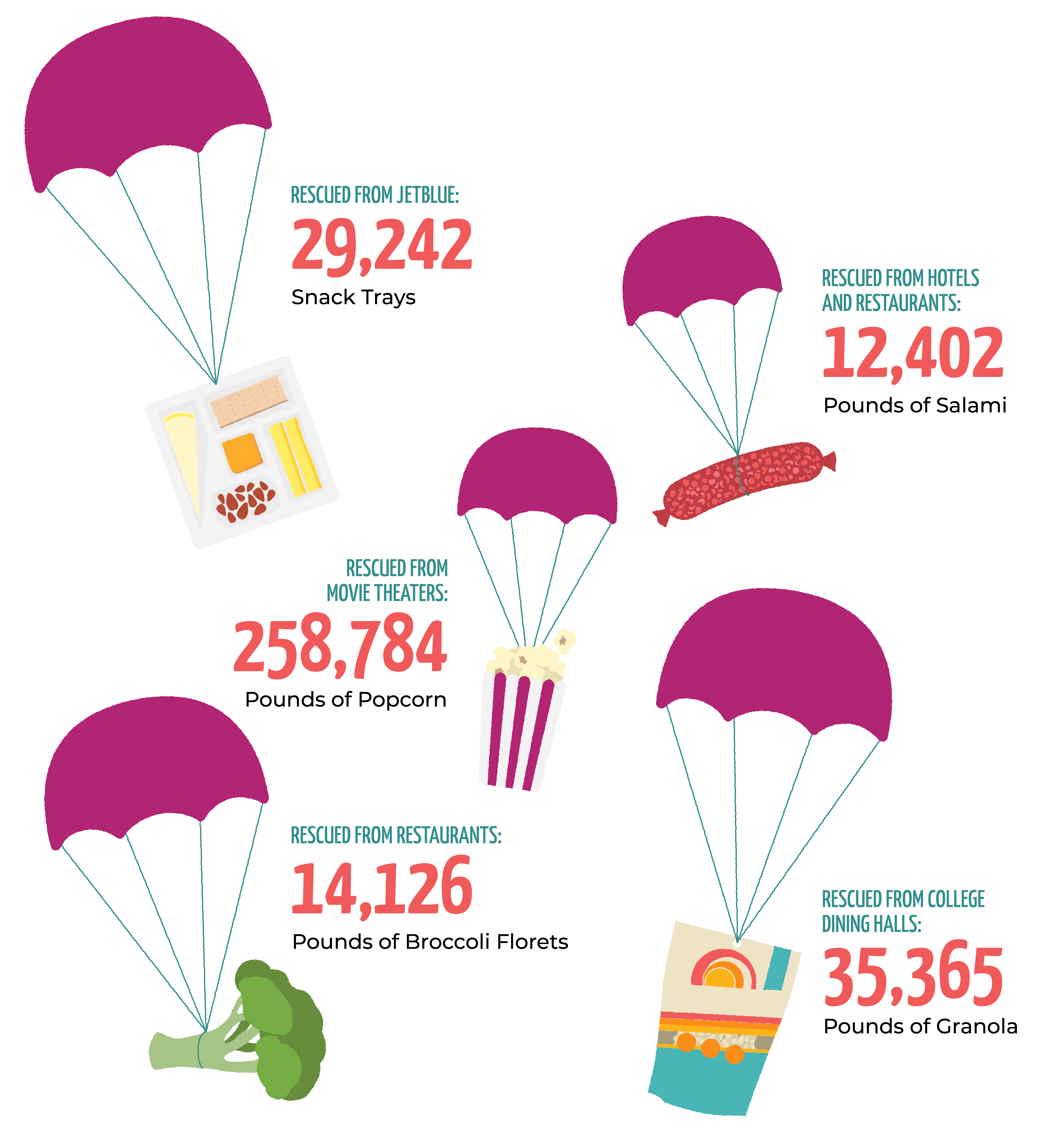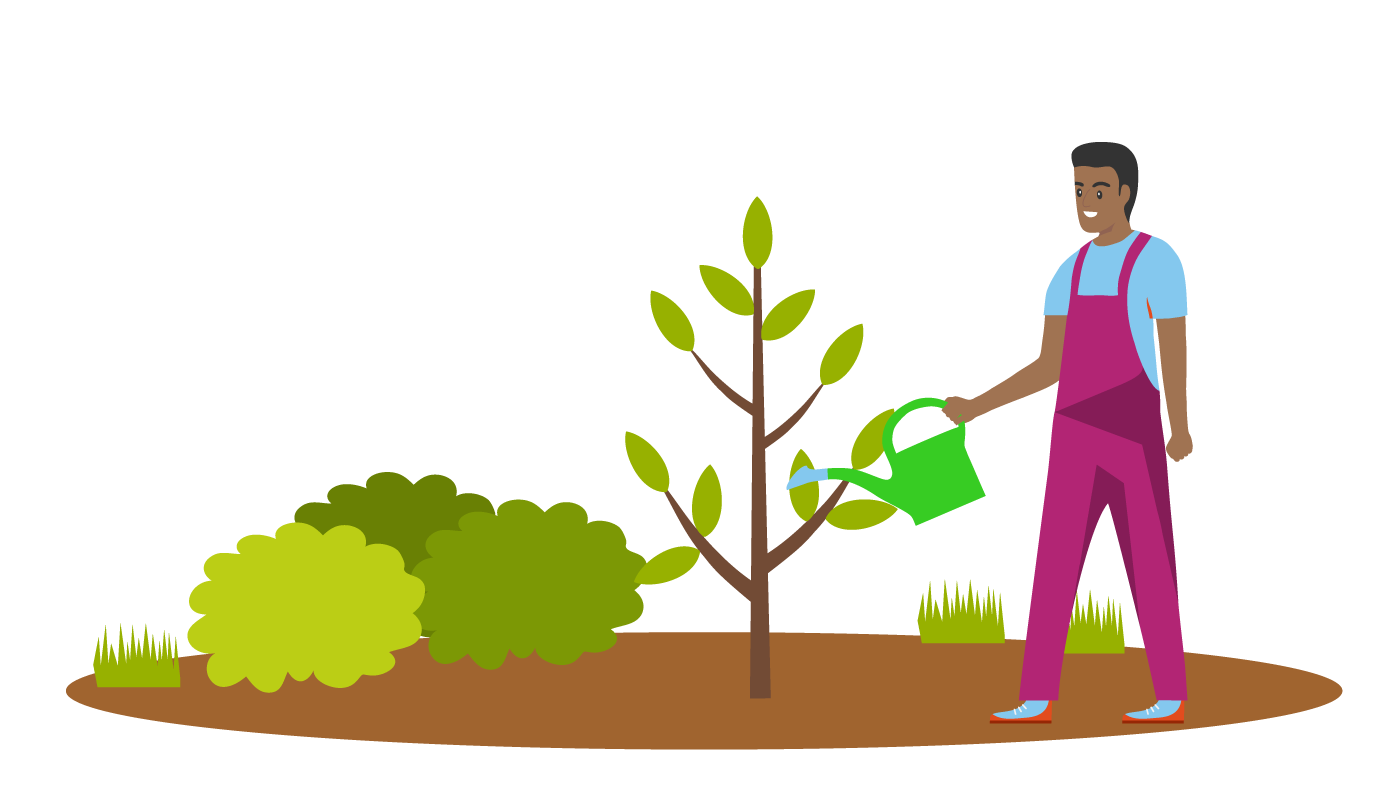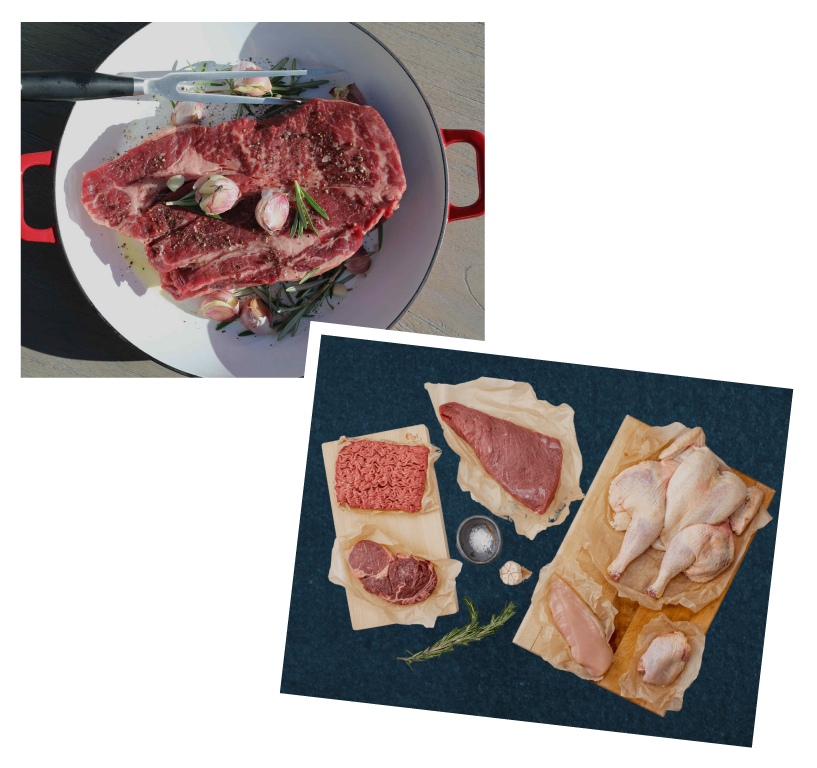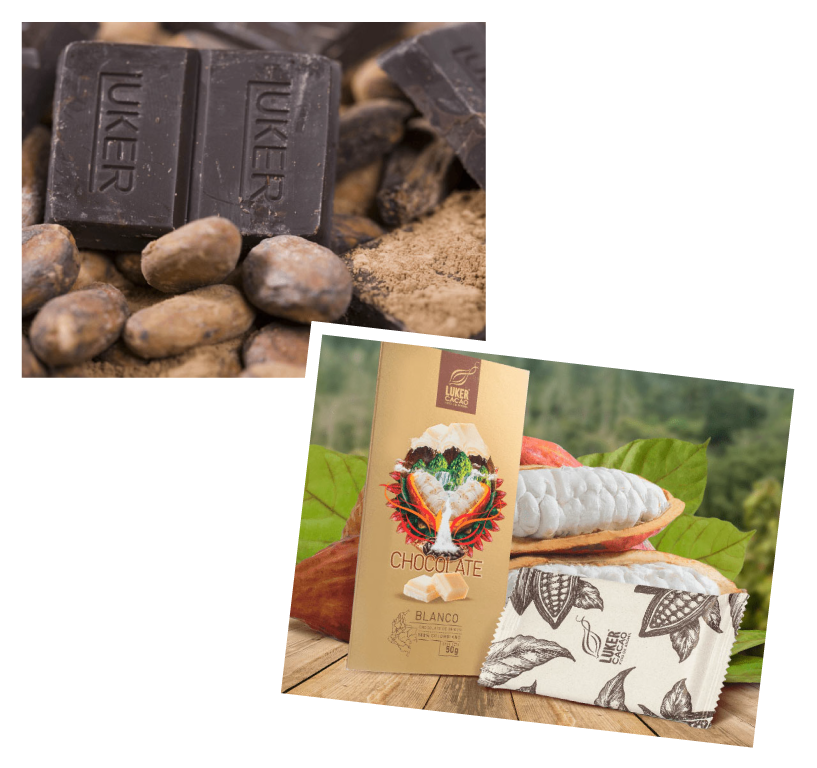A Note from Our Co-founder
When we set out to research this report, we wanted to investigate the extent of what “building a better food system for everyone” truly means. We’ve been working to make our food system more equitable and efficient since we launched in 2015, so we’re familiar with the topic. We expected to find plenty of evidence about food waste and how our systems contribute to it. (No spoilers: We waste up to 40 percent of all food produced, and one-quarter of greenhouse gas emissions from food production come from food that is ultimately wasted).
But what we didn’t expect to find was how much inefficiency was happening throughout the supply chain— how food is transported, shopped for, and consumed—with the most inefficiency happening at the consumer level. Our food systems are built around anticipating consumer desires and demand — restaurants, retailers, and even consumers’ own kitchens are leading sources of food waste.
COVID-19 made us all reevaluate how we feed ourselves and our families. It shined a light on the inequities in our food system, which leaves 50 million Americans food insecure every day. But it also presented an opportunity: to finally change our food system for good.
At Imperfect Foods, our goal is to help build a kinder, less wasteful food system for everyone. That’s why we come at the problem of “fixing food” from every direction: by working with farmers who grow food more sustainably, by reducing food waste and saving food from lesser outcomes, by reducing our carbon footprint throughout our supply chain, and by ultimately giving consumers a more sustainable way to shop. To further this we’re committed to becoming a net-zero carbon emissions company by 2030.
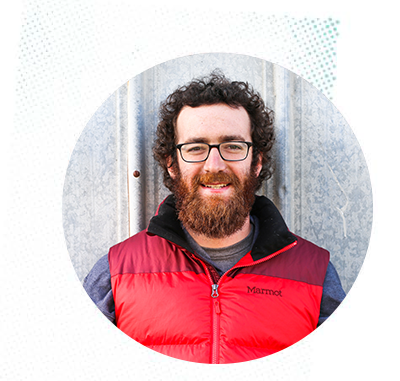
Ben Chesler
Co-founder, Imperfect Foods
About Us
Imperfect Foods is the leading online grocer at the forefront of building a kinder, less wasteful food system. Founded in 2015, the company’s mission of eliminating food waste and building a better food system for everyone is largely powered by working directly with farmers and producers to rescue, redistribute, and develop goods across multiple grocery categories, including produce, shelf-stable items, dairy, meat, seafood, and other private label offerings. If a waste-saving option isn’t available for a particular item, the company sources the most sustainable choice available to ensure customers' grocery needs are met. Imperfect Foods customers receive weekly scheduled deliveries right on their doorsteps and have the option to edit the box, delivery frequency, and even shop for more items. Customers enjoy a service that is more affordable — and more environmentally friendly— than the average trip to the grocery store. To learn more, visit imperfectfoods.com.

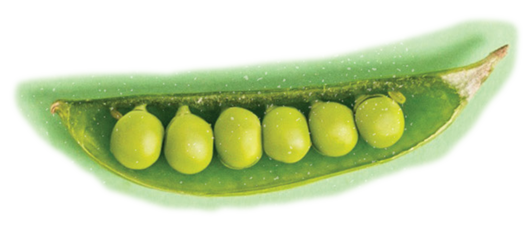
USE THE WHOLE CARROT
The Whole Carrot has long been our mantra at Imperfect Foods. It’s built into everything we do (even our logo!) It’s more than our recipe resource — it’s a reminder to always consider the true impact of the ways in which we eat.
And that doesn’t just mean reducing food waste through eating what we have (although, that’s important, too). It means thinking holistically about our food system: from soil health and biodiversity to food rescue, reducing CO2e emissions, and even improving access to fresh food.
Every meal choice we make has an impact, and Imperfect Foods is here to ensure everyone has access to a better, more sustainable way to eat.
